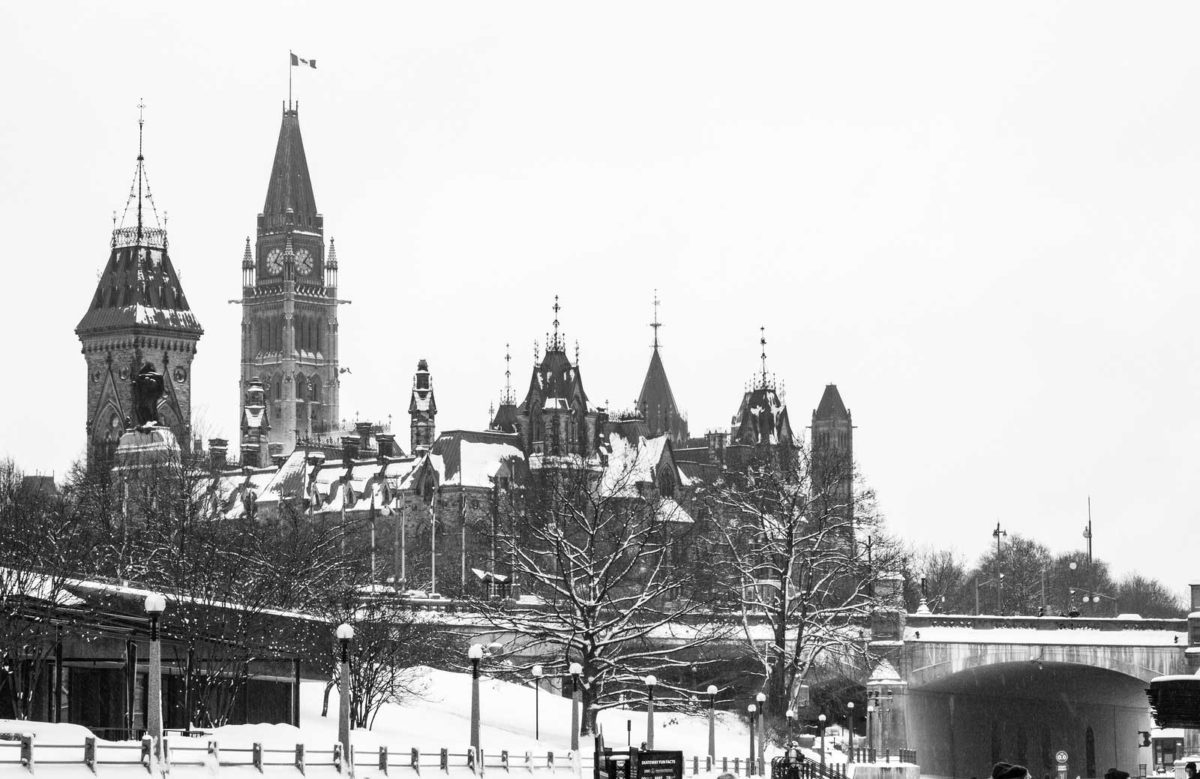Time flies

Originally published in OAA Perspectives Winter 2016/2017 on page 6.
TIME FLIES. THERE IS NO time like the present. A good time was had by all. Ahead of one’s time. Big time. Closing time.
The year 2017 marks a major milestone in Canadian history. It is the 150th anniversary of Confederation and the 50th anniversary of Expo 67, the seminal World Expo that put Canada on the world stage. Arguably, it was a defining moment for Canadian architects.
In the early 1960s, the Right Honorable John Diefenbaker said,
“In a few short years, this nation will be celebrating its Centennial…I ask that you, the members of this profession, should play a most important part, and I ask you…to present to the Centennial Committee as soon as possible your views and suggestions for that celebration…” — quoted in Architecture and National Identity / Architecture et identité national: The Centennial Projects 50 Years On / Les projets du centenaire 50 ans plus tard catalogue by Marco Polo and Colin Ripley. Halifax: TUNS Press, 2014.
This call to action resonates as much today as it did then. To me, it looks like we still have this challenge before us: to show why architecture matters.
It has been said that the Centennial Projects can be seen as a de factoattempt to build a national identity through architecture. Unfortunately, I missed the Centennial. As a Gen X-er, I was born after this great celebration, and came into a world with great architecture built by and for the boomers who came before me.
I have been part of the generation of cynics—the disenfranchised and educated professionals who have been raised on mobility of employment, the internet, CAD and fee-based competitions for work. I’ve never known a fee schedule “like the good old days.”
I listen to elder statesmen talk wistfully of the spirit of the ’60s. Sure, it was a time of rampant sprawl, car-centric culture, urban renewal projects that destroyed historic neighbourhoods and unfettered use of fossil fuels to heat, cool and build our cities. It was also a time when our profession seemed to peak with creative passion, a time when we were valued by society and commanded fees that we can only dream of today. This was a time when identities, reputations and ideals were forged.
Today, I know that much of our mid-century modern built form needs renewal; that deep energy retrofits and adaptive reuse projects are meant to revitalize these buildings because this architecture has become part of our cultural fabric. Stripping out asbestos, reconfiguring brutalist buildings and making them more energy-efficient helps preserve their value to the public. But how do we preserve our value to the public? How do we recapture that spirit of the ’60s?
For this Gen X-er, running a firm of millennials that is built on the legacy of founding partners who established the firm on their successes in the ’60s, ’70s and ’80s, I’m eager to help forge a new Canadian architectural identity—one that’s built on the ideals of our profession, that embraces new technology, that resets the conversation with First Nations people and the environment. I dream of a future in which architects are valued members of society in a culture where a healthy built environment performs at the highest levels and elevates the human spirit.
The time is now.
POST SCRIPT:
This is my final President’s Message. By the time of publication, a new OAA President will have been elected. I can’t begin to thank all those who have been a part of the past two years — members of Council, committees and staff — thank you for your patience and support. To my partners and staff, thank you for putting up with long absences; to my family, thank you, simply, for everything. Most of all, to the members, thank you for attending conferences, meetings, society tours; for sharing your input and ideas, for working together to raise the profile of architecture in Ontario, and abroad. Thank you for raising your voice.